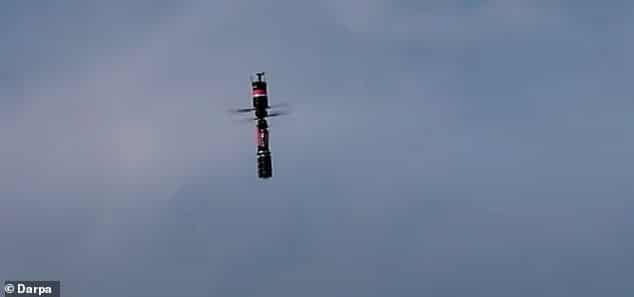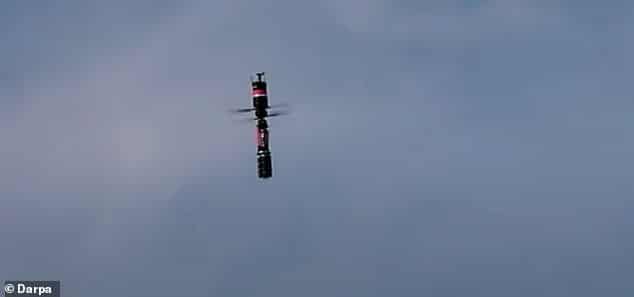As drones become faster, smarter, and able to carry large loads over long distances, they pose more and more of a real threat when used as a weapon.
For this reason, in parallel with drones, the military are developing anti-drone countermeasures. The new approach which I'm telling you about in this post cuts them down with... Confetti?!
It's easy to say "shoot down a drone"
Taking careful aim and blowing up a drone with a shotgun isn't impossible, but it's not easy and it's not reliable.
Armed forces around the world spend as much money on developing anti-drone technology as they have been on developing drone technology. For example, long range laser that intelligently detect and target drones before they are close enough.
The anti drone confetti
DARPA (Defense Advanced Research Projects Agency) has developed an alternative way to neutralize drones. The Achilles heel of most multi-engine drones is the fact that all the propellers work properly.
Even minimal damage often means that a drone's main mission or flight plan cannot be executed.
A special automated system makes predictions about the flight path of the enemy drone, and then automatically activates one of the many reusable drone interceptors in the field. Instead of lasers, projectiles or nets, the latest approach to neutralizing the threat is to explode a wad of confetti. To be precise, a strong streamer-like material that spreads as it travels through the air.

This increases the possibility of at least one strand of the material wrapping around a drone's propeller blade and stopping it.
Will anti-drone confetti “streamers” be a standard?
Using these confetti “streamers” as ammunition has many advantages. It is potentially more environmentally friendly when pieces that miss the target end up on the ground, and safer in the event of a targeting accident.
But that's not to say it's cheap, since (confetti aside) the overall effectiveness of this approach is completely dependent on the autonomous flying interceptor getting close enough to hit its intended target.
Seeing it in action certainly doesn't seem like one of the cheapest tools of the military.


